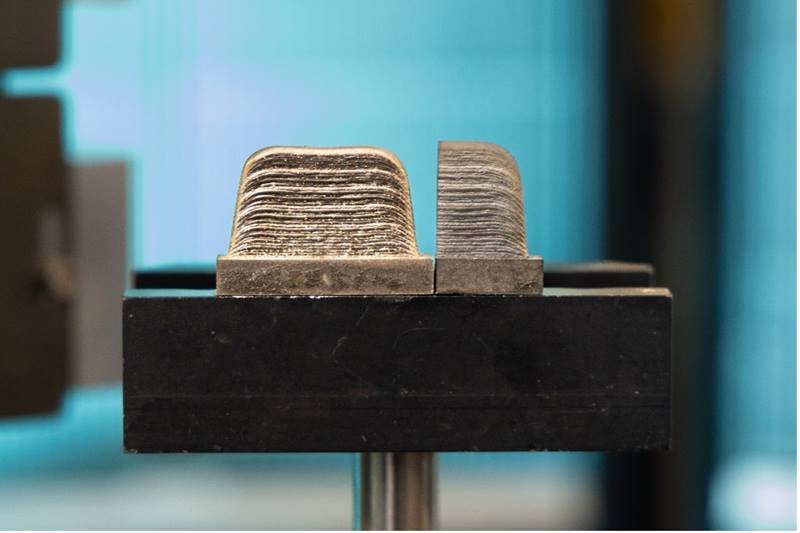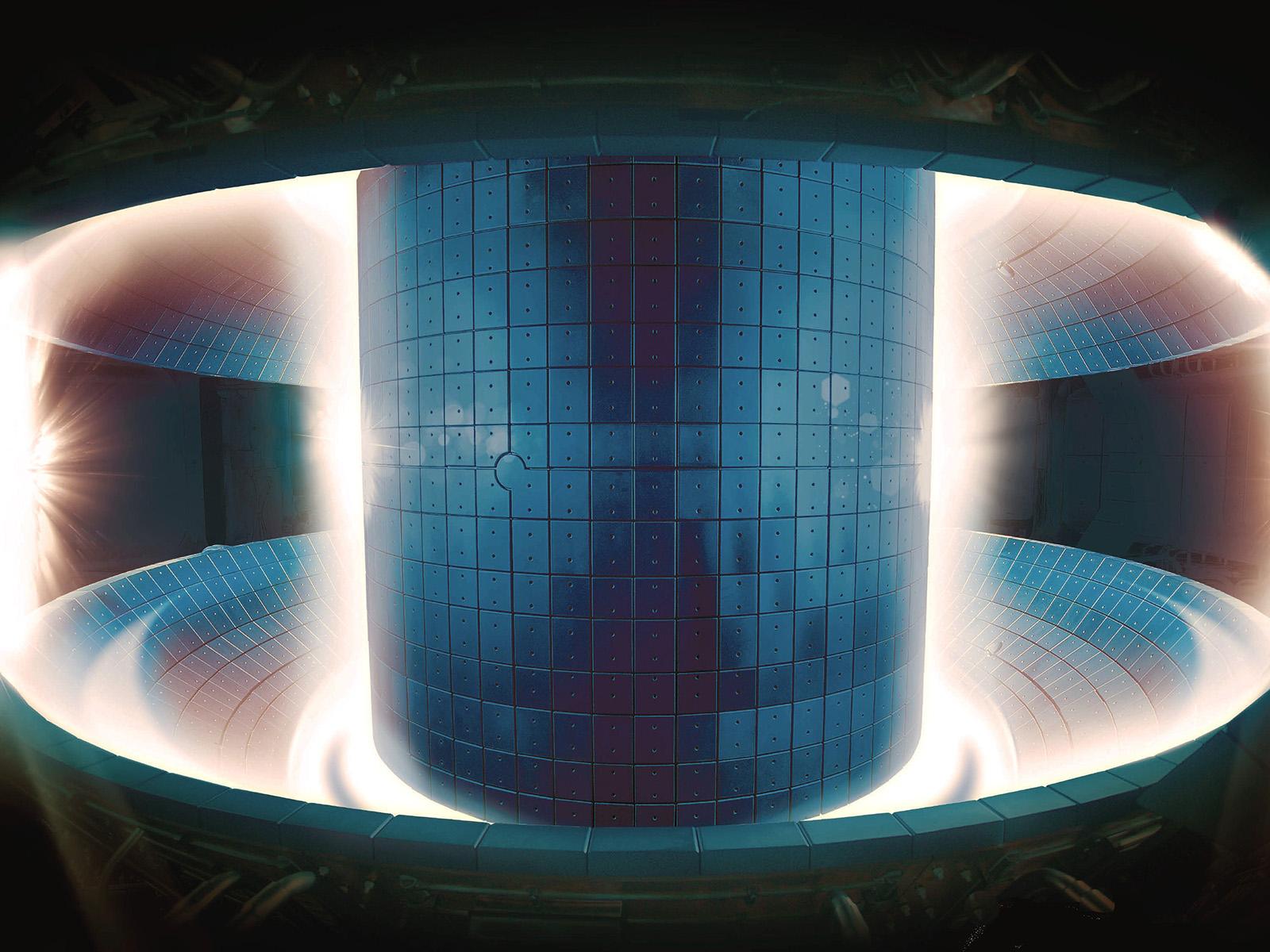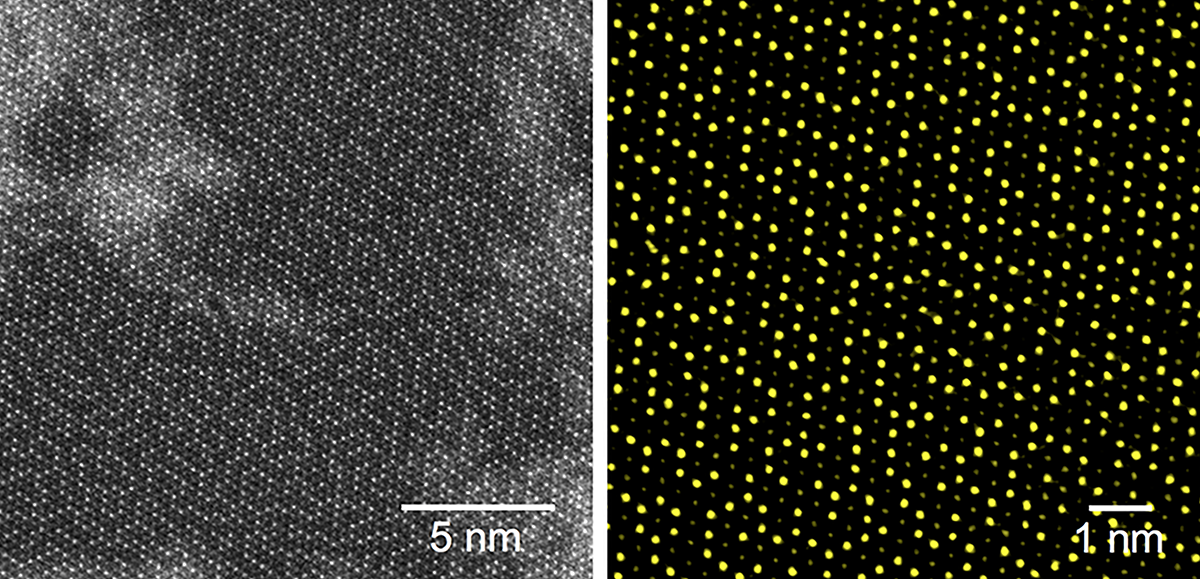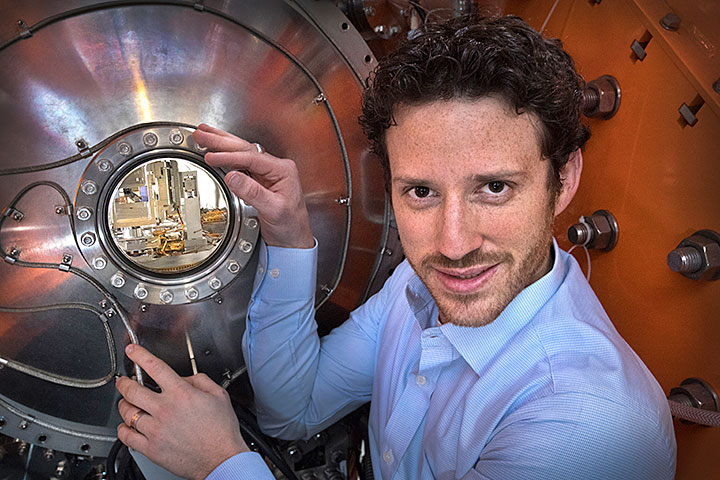Researchers studied stress effects in novel “superalloys” made from two 3D-printed high-strength, high-heat resistant metals. The study found that heat treatments reduce stress created in the materials during manufacturing. It also found that stresses are more likely to be caused by certain manufacturing parameters than they are by the metal’s chemical composition.



